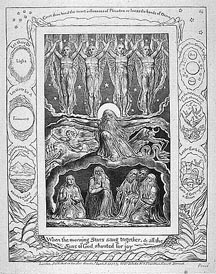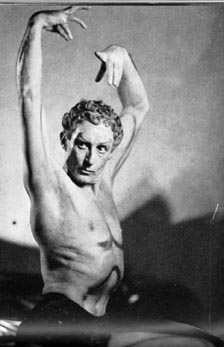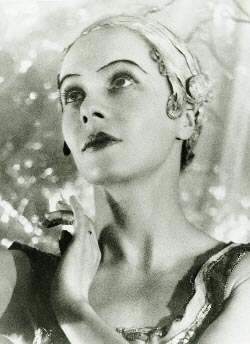This production combines Biblical texts, some of them
suggested by the
inscriptions on William Blake’s Illustrations of The Book of Job
(1820-26); and the music (1927-30) by Ralph Vaughan Williams for a
stage dance production inspired by Blake’s Illustrations.
The Book of Job is among those writings in the Old
Testament called the books of Wisdom. It was written probably about the
5th Century BC, but it tells of an already known person (real or
legendary) of a far earlier period, when the economy was pastoral,
Job’s wealth being in sheep and other livestock.
Scholars say it is not
by a single author: Elihu’s speech, and perhaps other passages, are
later additions, inconsistent in style; and some incoherencies suggest
faulty transcribing as the writings were handed on.
|
It is an analysis of a problem, one of the most
difficult for believers and would-be believers in a supreme deity: in a
world of suffering, how can religious faith be justified? The problem
can be briefly expressed thus: To be worthy of worship, a God must be
all-powerful, all-knowing, all-just and all-loving. In the Book of Job,
there is no easy answer: at the start [1:12] Job’s suffering is
specifically permitted by God; and at the end [42:11] Job’s
relatives
and friends console him for the evil that God has brought on him. The
analysis is conducted through a series of arguments: Satan argues with
God; Job argues with his wife; Job argues with his three comforters;
Elihu argues with Job; God argues with Job.
(Some religious
philosophers consider that we can neither “prove” nor “disprove” the
existence of God. We either have faith, or we do not.)
|
It is a collection of mysteries: Where does Satan
(the Accuser, not to be confused with our conventional Satan, the
Devil) come from, and why is he evasive when God puts that question to
him? Besides, would not God already know? Why does God draw Job to
Satan’s attention, as though inviting Satan’s challenge? How is it
conceivable that Satan could incite the Almighty to ruin Job without
cause [2:3]? What is the relationship between God and Satan? -
Satan
and Job? - God and Job? - Job and his three comforters? What is lacking
in Job’s piety?
The Book of Job follows a poetic style: as in
various other biblical writings, time and again it uses parallelisms,
with ideas expressed several ways, and employing strong images, with
vivid effect: for example, ‘From going to and fro on the
Earth, and
from walking up and down in it.’ Sometimes a phrase is echoed
later:
for example, ‘Amid thoughts from Visions of the Night ...’
|


